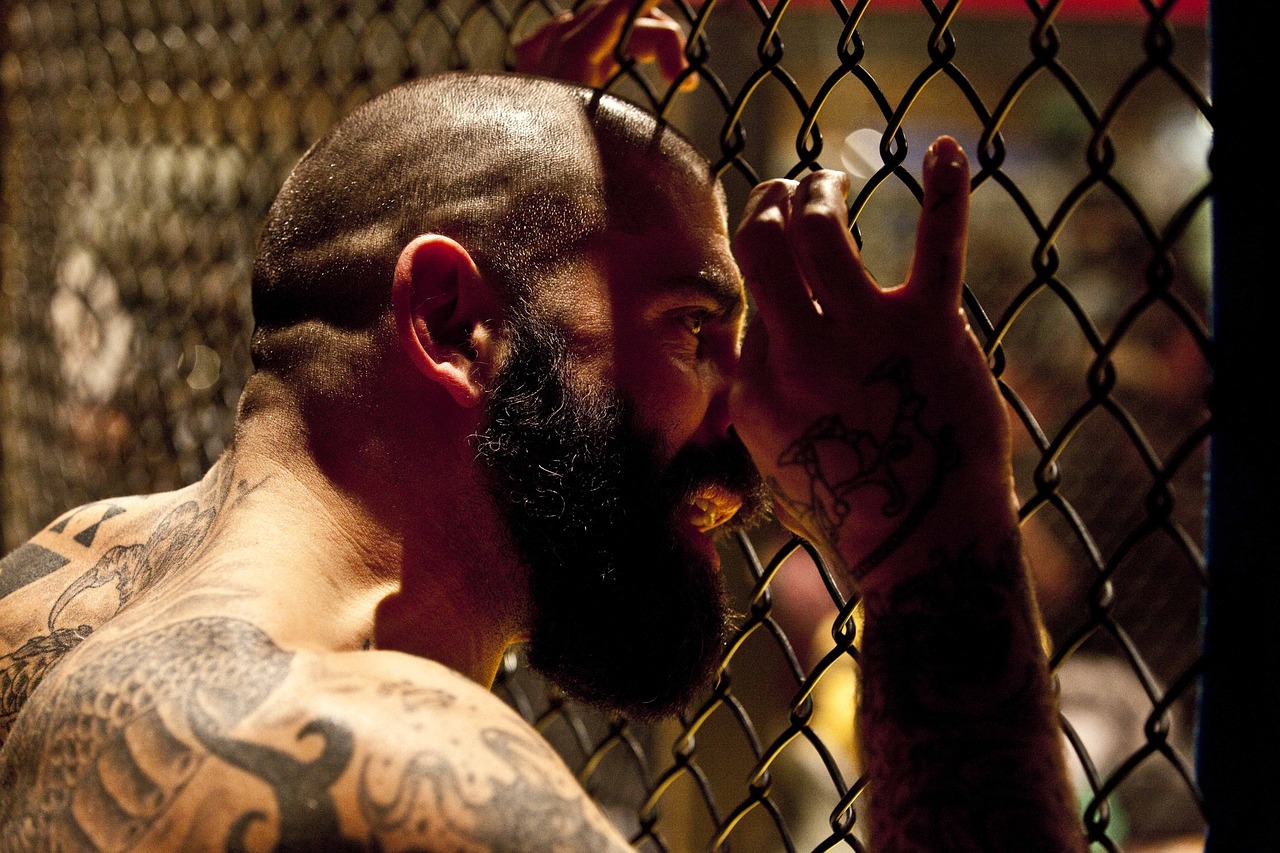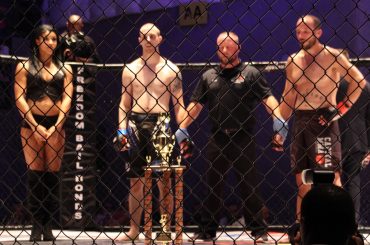UFC Fights and Eliminations
One hundred and ten UFC fight analyses have been published on its site since July 2014. Since then, many have seen hundreds of fights outside of what this organisation has put on in order to properly research and write about them in my books.
In that time, I’ve missed writing about only two UFC events: the horrible UFC Fight Night 102 in Albany, New York in December main event by Derrick Lewis as well as Shamil Abdurakhimov, and the entertaining one where the tiny John Lineker brutalized Michael McDonald and Tony Ferguson and Lando Vannata put on a gauntlet match for the eras.
Beginning with the first UFC event I covered, UFC Fight Evening 108 in Nashville, Tennessee last Weekend saw a good brawl among Artem Lobov and Cub Swanson. Since then, since then there have been total of 112 UFC events. In the existence of the UFC, that’s more than a fifth of all the fight nights. All of this is a long way of stating that during the last three years, I have devoted a great deal of time to observing mixed martial arts with a professional view, and so have seen the development of the sport up close. We’ll zero in on a couple of the main shifts that have occurred inside the ring itself.

There is a tenuous link between these movements, and yet each of them merits its own article. But for the sake of this discussion, we’ll stick to the fundamentals;Varieties of Style. Let’s begin with the wide range of playing styles in the sport. Striking and grappling, made
possible by wrestling, have been at each other’s throats throughout mixed martial arts‘; long history, with the center of gravity often shifting between both the two. Grapplers came first, followed by the first group of sprawl and brawlers, then the top scoring specialists, then still another wave of sprawl-and-brawlers, and so on forever.
Three-dimensional combatants, like Georges Saint, who excel in a variety of skills, were
expected to take over at some time but never did. Instead, we’ve been producing more and
more elite specialists, such as Olympic wrestlers rather than college ones. Although general competence is essential for survival, the advantages of specialization have persisted throughout history. This is crucial because it reveals the direction mixed martial arts (MMA) is heading in as a sport.
For a long time now, we’ve been led to believe that in order to be really successful, fighters needed to be well-rounded individuals who were comfortable using any and all of the available tactics and strategies. These recent years have disproved that notion once and for all. The fighters who can win in any style haven’t seized over, and only Demetrious Johnson, the undisputed champion of his division, has no clear preference for the kind of fights he chooses to win.
Look around at the true superstars who have come to the forefront in recent years, like as Conor McGregor, Cody Garbrandt, Joanna Jedrzejczyk, Stephen Thompson, Max Holloway, Khabib Nurmagomedov, and Robert Whittaker. They can all accomplish a variety of things, yet they all have clear preferences and exceptional, top-tier abilities in certain areas.
It’s possible that one day we’ll see competitors that are equally adept at striking, grappling, and wrestling, like the ADCC champions of yesteryear. Till then, the game will be dominated by competitors who excel in one phase while coping with the others.
Next, we’ll discuss the importance of counterpunching. Far more specialized than the first, yet indicative of the sport’s maturing technical landscape, this is the finest illustration of the increasing sophistication of MMA fighters’; technical prowess over the last several years. Fights in mixed martial arts often include a counterattack. Anderson Silva became a legend by defeating underdogs like Forrest Griffin and Yushin Okami with shrewd comebacks. Not that Chuck Liddell ever shied away from taking it to his overbearing opponents.





